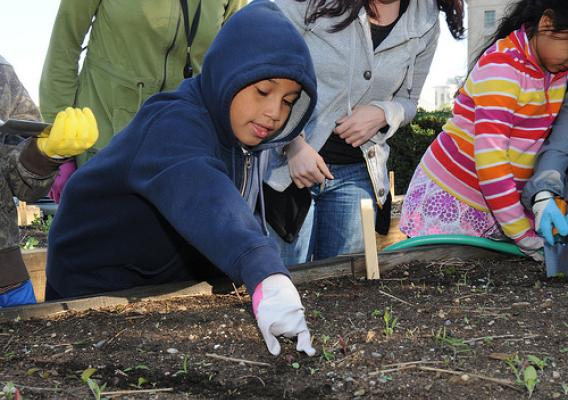Recently, Velma Lakins, our dedicated Manager for the USDA Farmers Market, joined thousands of other farmers markets around the country in updating her market listing for the 2011 National USDA Farmers Market Directory. “It was so easy!” she said. “In less than 10 minutes I was able to update our listing so that USDA employees, neighbors, and visitors can know when and where our market is open, and have it counted among the nation’s 6,100 plus farmers markets. ”
Even though the USDA Farmers Market has been listed in previous USDA Farmers Market Directories, Velma needed to update her listing this year to take advantage of some of the Farmers Market Directory’s new fields. For the first time, the USDA Farmers Market Directory will allow Market Managers, such as Velma, to indicate multiple locations for their markets. In Velma’s case, the USDA Farmers Market actually has two locations during the year – in the parking lot at 12th and Independence Aves NW, just steps away from the Smithsonian metro stop, operating between June – November, and inside the USDA’s South Building, at wing three, operating from December – May. In addition to updating her locations, Velma was also able to specifically note that the USDA Farmers Market operates on government property (as opposed to a street, a church, a park or a school) and has extended its market season through May.







